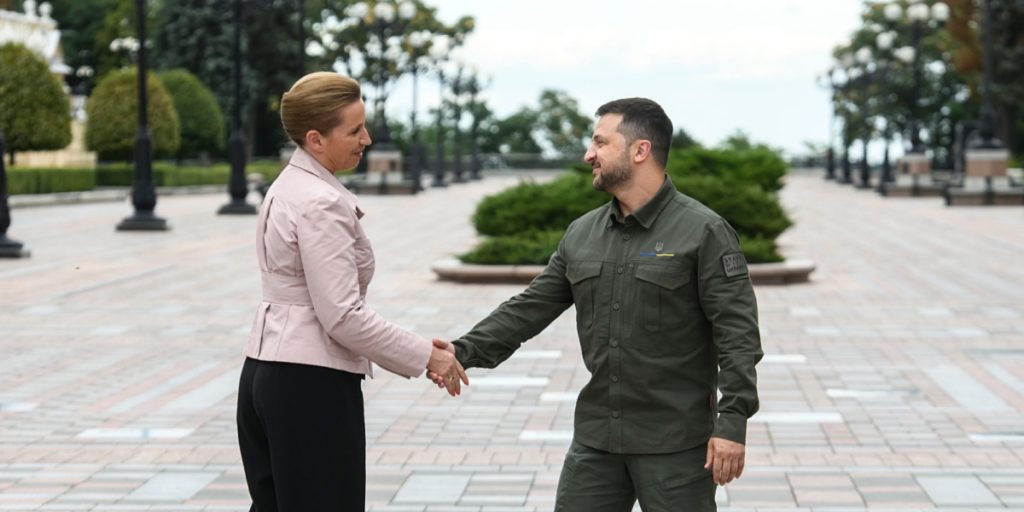Danish PM Urges Urgent Defense Spending Increases
Others are reading now
Military conflicts are not just fought on the battlefield—they are also battles of industry and supply chains.
As Ukraine continues its war effort, its defense sector has ramped up production at an unprecedented rate.
But European leaders are now warning that the continent is struggling to keep up.
Ukraine Outpacing Europe in Arms Production
During the Munich Security Conference, Danish Prime Minister Mette Frederiksen highlighted a startling reality: Ukraine, despite being at war, is producing weapons faster than the rest of Europe.
Also read
“If a country at war can produce weapons faster than we can, we have a problem, my friends,” Frederiksen said, calling for urgent reforms.
As reported by Money.pl, she stressed the need to cut bureaucratic red tape and increase defense spending to ensure Europe can effectively support Ukraine and strengthen its own security.
Ukraine’s Rapid Military Expansion
Since Russia’s full-scale invasion in 2022, Ukraine has dramatically expanded its domestic arms industry.
By 2024, 30% of Ukraine’s military equipment was domestically produced. The country has also become a leader in drone warfare, manufacturing 1.5 million FPV drones in a single year. Ammunition production has also surged, with Ukraine producing 2.5 million mortar and artillery shells between January and November 2024.
Europe’s Struggle to Match Russia
Despite increased defense budgets, European production still lags behind.
German Defense Minister Boris Pistorius admitted that past efforts were insufficient, while NATO Secretary General Mark Rutte pointed out that Russia produces more ammunition in three months than NATO does in a year.
The United States has repeatedly urged Europe to invest more in defense.
Some nations, including Poland and the Baltic states, have already responded—Poland now spends over 4% of its GDP on defense, the highest in NATO, while Lithuania and Estonia plan to raise their military budgets to 5% of GDP.
As tensions rise, European leaders face mounting pressure to accelerate military production—before the gap between NATO and Russia grows even wider.


